
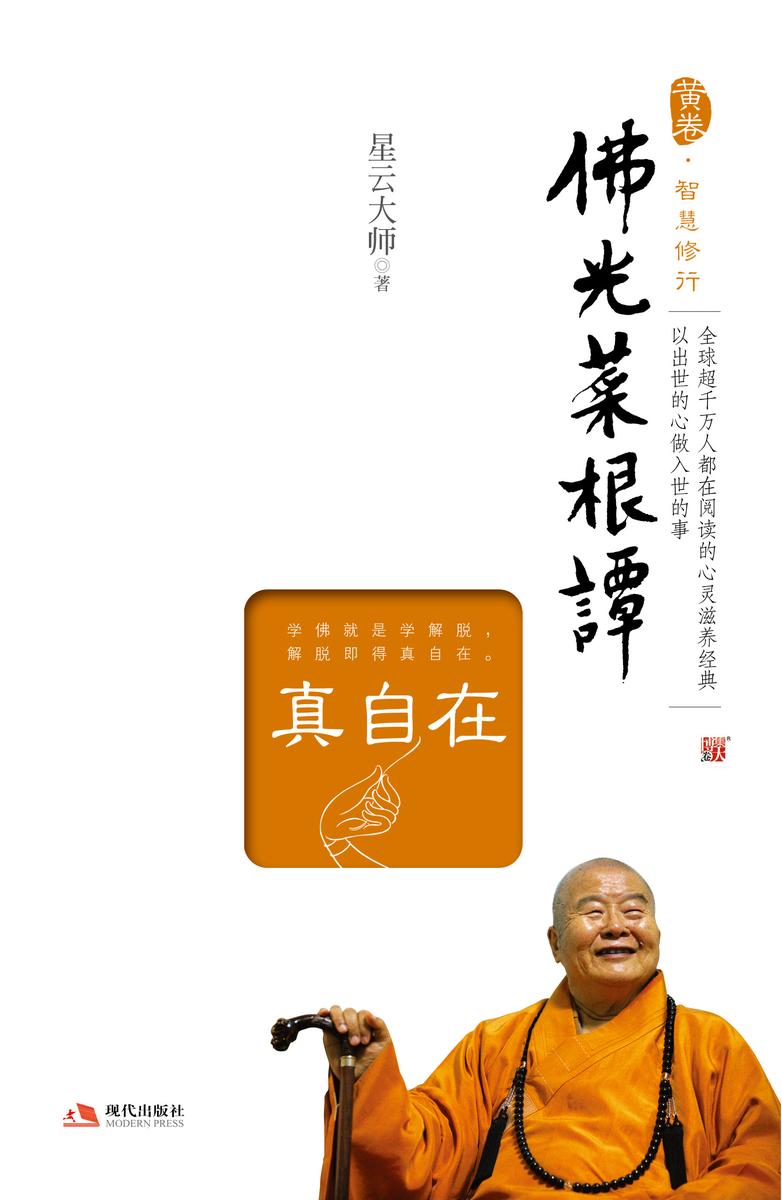
佛光菜根谭(真自在)
¥24.99
本书是星云大师从自己几十年的著作和开示记录中,提炼经典汇编而成的一部语录体心灵励志图书。 全书一套三册,集中记述了星云大师对世界、社会、生命等的证悟智慧,以及怎样立德做人、修身养性的智慧,以及如何才能在烦恼生命中寻求到平静而开阔的心灵境界的智慧。言简意赅,精妙处往往让人醍醐灌顶。若能每日一偈,则日日都有新智慧,日日都能有好心情。

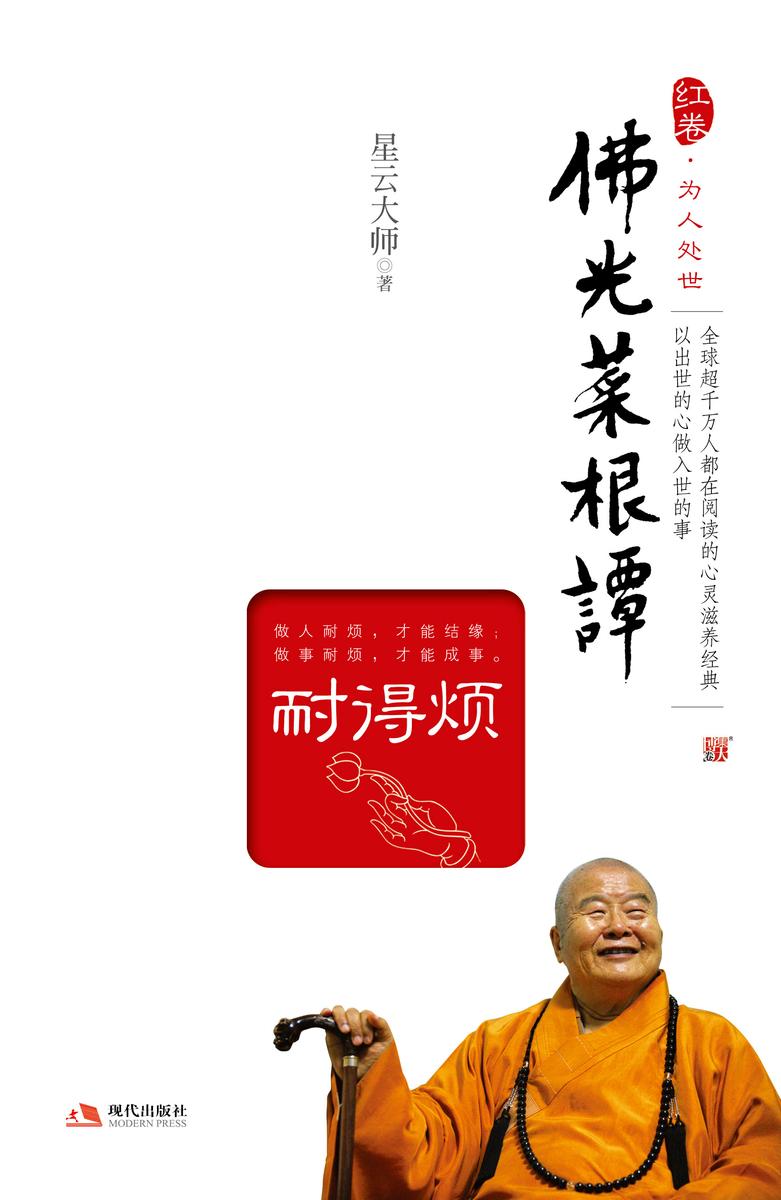
佛光菜根谭(耐得烦)
¥24.99
本书是星云大师从自己几十年的著作和开示记录中,提炼经典汇编而成的一部语录体心灵励志图书。 全书一套三册,集中记述了星云大师对世界、社会、生命等的证悟智慧,以及怎样立德做人、修身养性的智慧,以及如何才能在烦恼生命中寻求到平静而开阔的心灵境界的智慧。言简意赅,精妙处往往让人醍醐灌顶。若能每日一偈,则日日都有新智慧,日日都能有好心情。

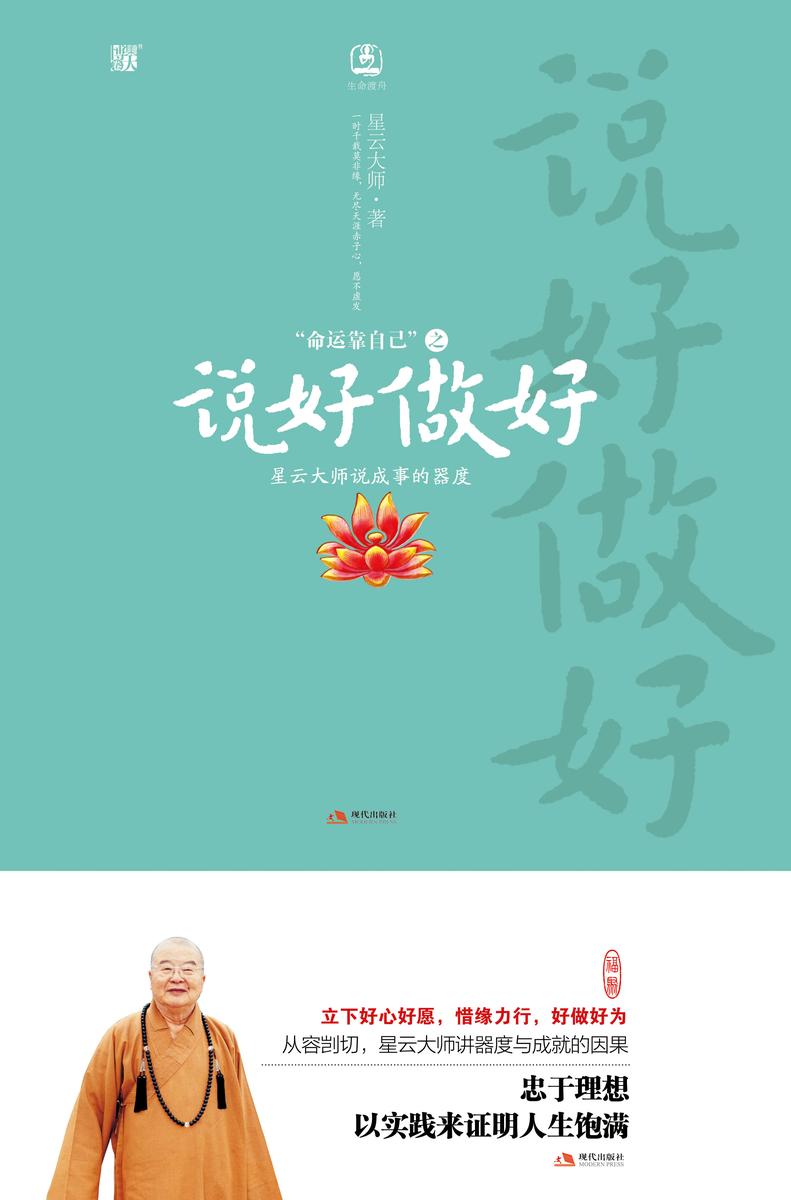
命运靠自己2说好做好:星云大师说成事的器度
¥24.99
在“忙”中,有数不尽的乐趣;在“忙”中,有无限的喜悦;在“忙”中,能安身立命;在“忙”中,能多所体悟。“忙”的生活实在太美妙了!在“忙”中,我感觉到懒惰懈怠实在就是罪恶。我感受到生命之可贵在于跃动不息,身为万物之灵的人类焉能不将自己“忙”起来呢?有用的人,即使接受一点小因缘,也能点石成金,做得轰轰烈烈。我一生历经挫折、打击,但我从不灰心失意,因为我始终坚信只要自己不死,一定可以“活”出希望来!

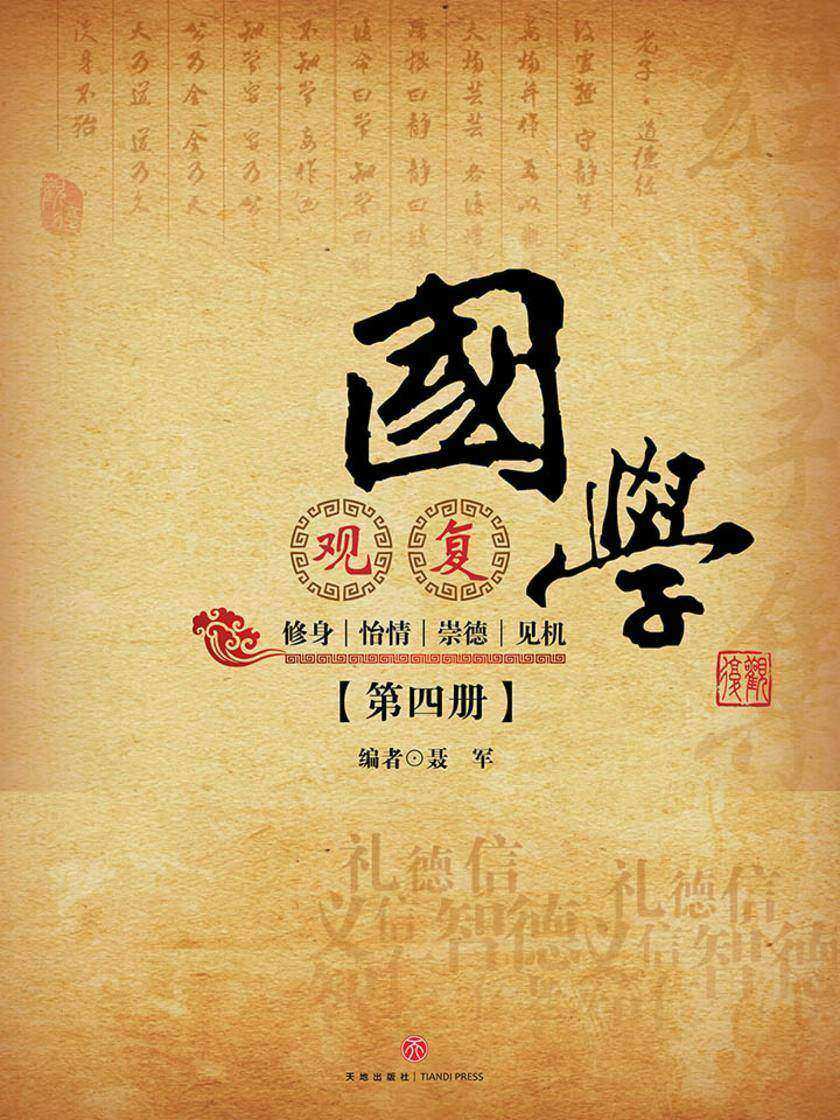
观复国学·第四册
¥99.99
本套国学教材共四册,本书为第四册,由“经典细读”“诗心文韵”“国史概览”三部分组成。内容涉及中国传统文化经史子集四大部类。“经典细读”部分按儒家、道家、法家、墨家、兵家线索推进,贯彻童蒙养正、广泛涉猎的原则,对传统典籍加以整理、编排,力图给青少年一代以完整的母语文化思想体系。“诗心文韵”部分对应集部,主要以文人个体为单位进行深阅读,以一组组诗文展示文人生涯及创作,引导学生深度走进一个个历代文人,反省人生,积累诗词歌赋,绚美人生。“国史概览”部分本册主要对《史记》进行深阅读,以国别为线,深度解读。
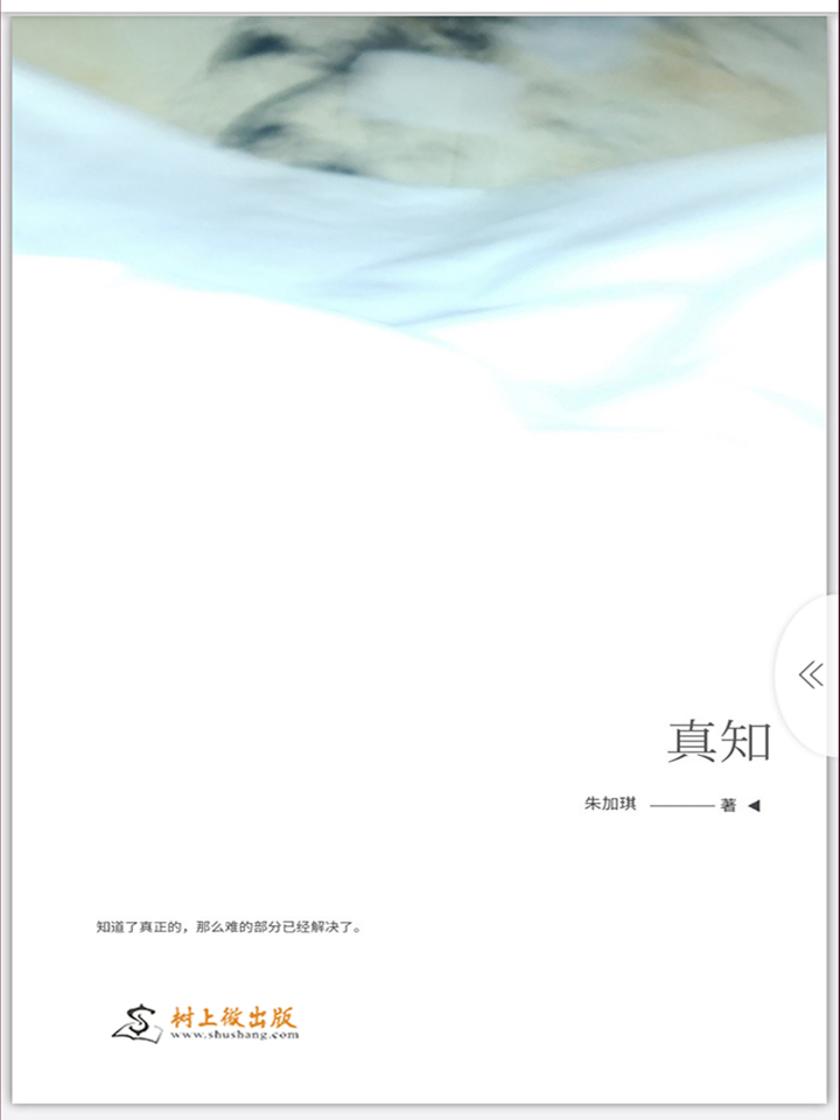
真知
¥0.01
知道了真正的,那么难的部分已经解决了。

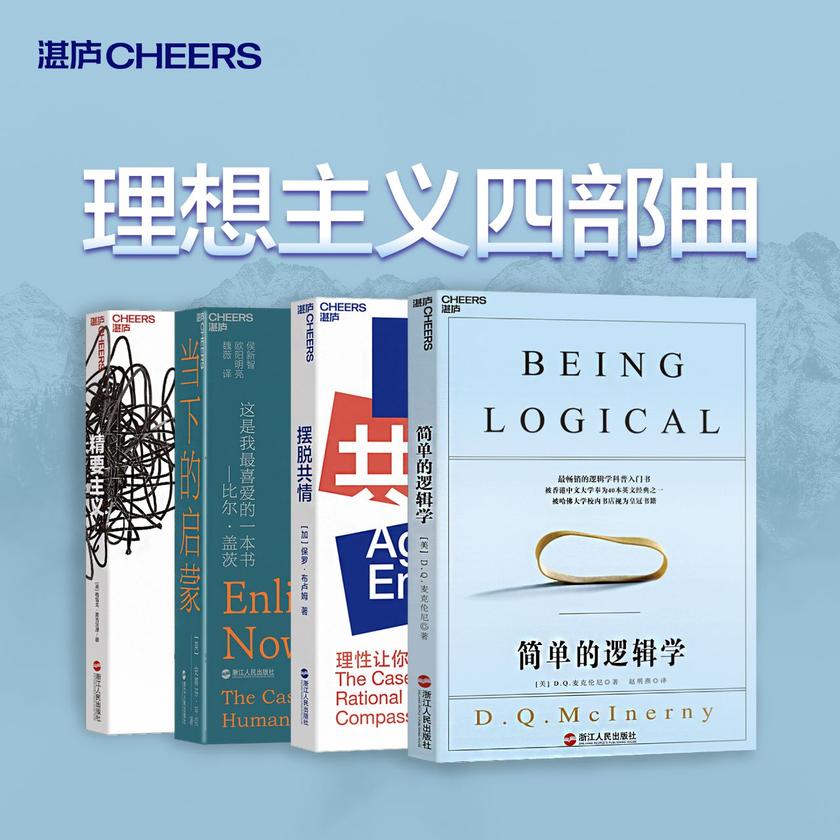
理性主义四部曲
¥99.99
理性主义四部曲

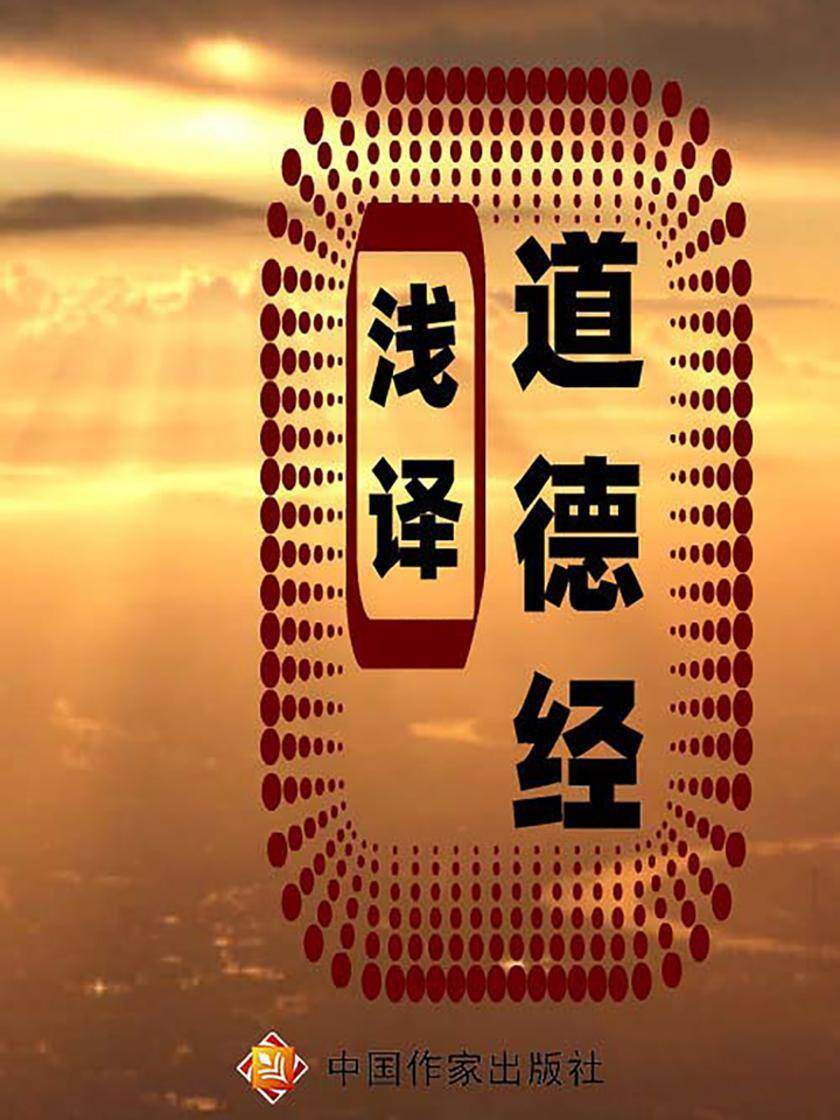
浅译道德经
¥29.00
《道德经》又称《老子》《老子五千文》它在阐述真正的自然法则!这一法则是天地万物和谐共存,人类文明延续的基石。

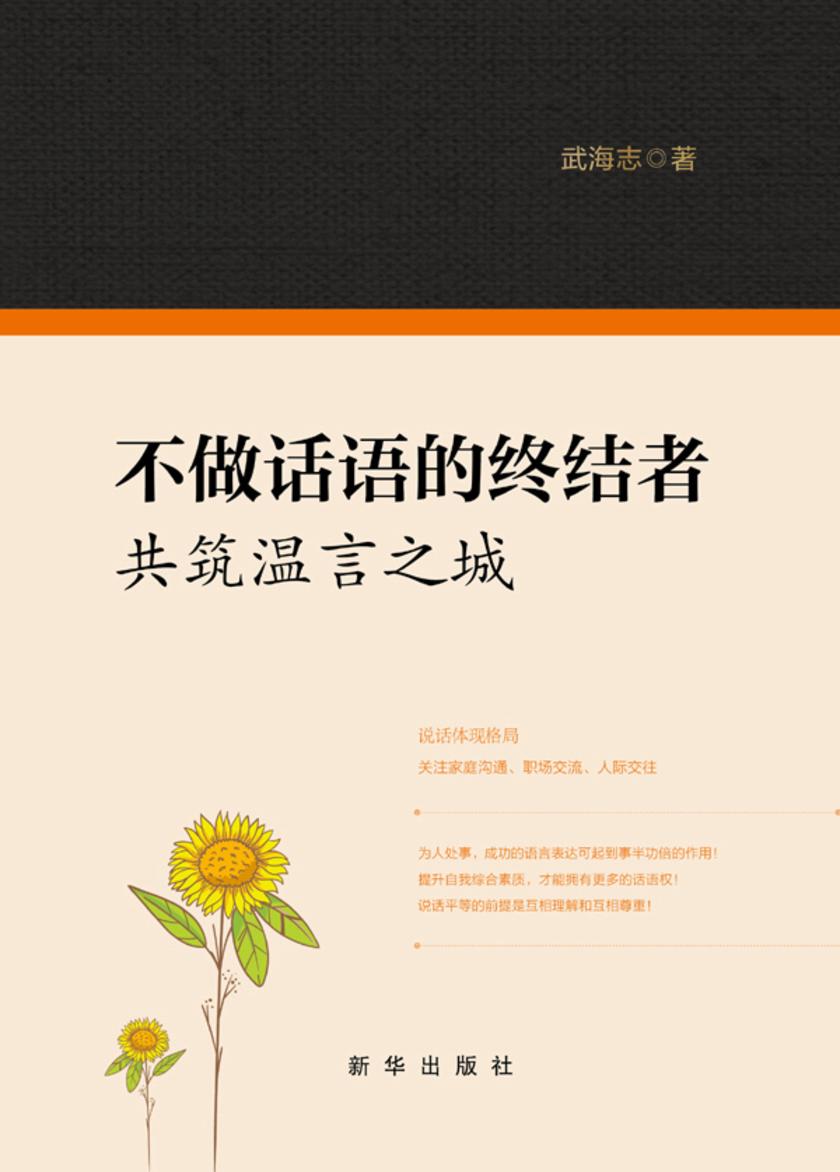
不做话语的终结者:共筑温言之城
¥35.12
这是一部关于如何成功行人际交往和如何运用语言艺术的励志类通俗读物。 本书分享了人们日常交谈中的一些好方法,总结了语言交流中容易出现疏漏的小问题,通过话题反映社会热问题,通过社会焦折射百姓生活的不同状态,从而让语言发挥更大的价值。 本书从说话的基本要素展,逐步延伸到家庭沟通、职场交流、人际交往的基本层面。作者将一个个通俗易懂、生动真实的小故事串联起来,辅以评说理,与读者面对面地行心灵沟通,引发大众共鸣,倡导人们交流过程中向上向善,传承中华语言文明,共筑全民温言之城。

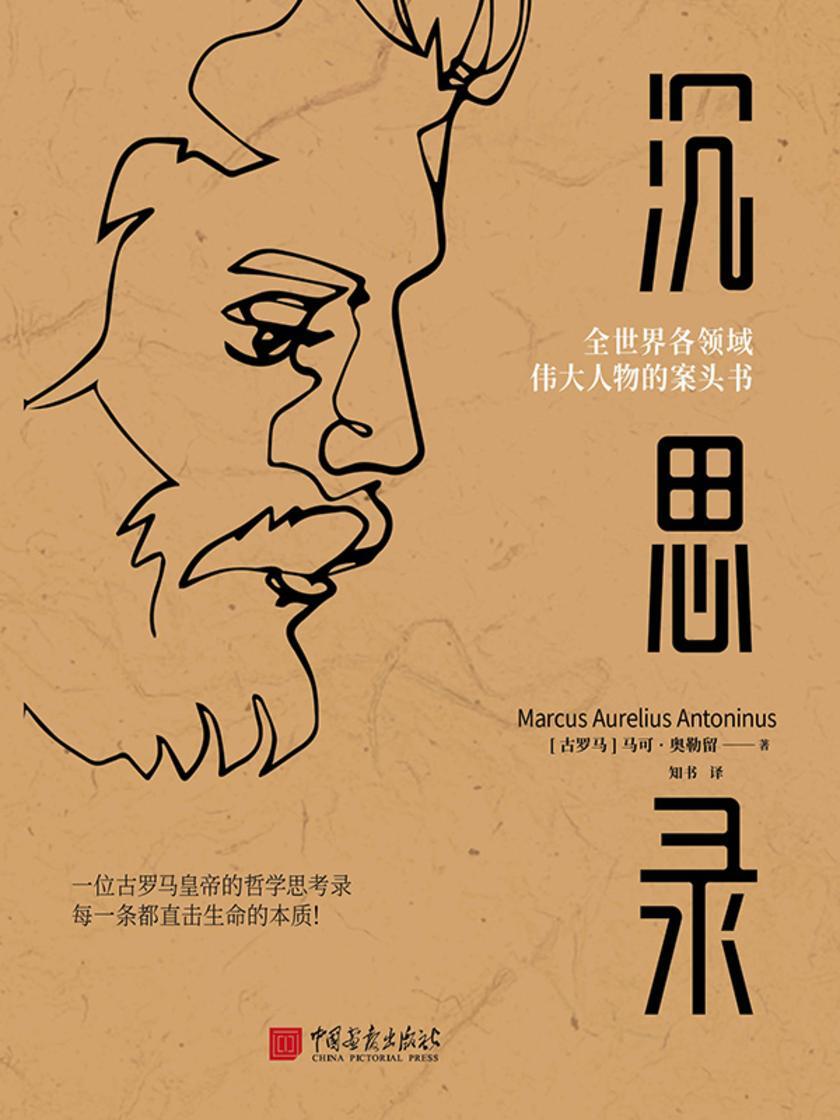
沉思录
¥16.88
《沉思录》大部分系马可•奥勒留在鞍马劳顿中写成,全书一共十二篇,记录了与自己的心灵对话。在一篇篇箴言随笔中,他对生命、死亡、信仰等哲学问题展了思辨,为后人留下了一位有哲学修养的统治者的人生感悟。每一条都充满了智慧,直生命的本质,当今社会的人们仍能与之产生共鸣。


哲学的殿堂——哲学元理与思维变革
¥51.60
“哲学本身就是一座宏伟壮丽的殿堂,在这座殿堂里有很多恒久而常新的话题,与时代深沉的思绪相应和,给人以精神的启迪。”十五位哲学名家(张立文、刘大椿、段忠桥、刘晓力、龚群、郭湛、张志伟、李秋零、焦国成、宋志明、冯俊、李德顺、庞元正、周桂钿、廖申白)在《哲学的殿堂:哲学元理与思维变革》中深浅出地讲解了复杂而深刻的哲学问题,勾勒了哲学学科发展脉络,带领读者一起领略“哲学的殿堂”引人胜之处。本书既显示了他们深厚的学术功底,又反映了他们对时代问题的深切关怀;既有对哲学某一学科、某一问题的整体审视,又有对哲学巨擘思想的细致把握;既有对过往思想的深刻反思,又有对时代前沿问题的敏锐思索。哲学名家们讲述问题细致,如数家珍,旁征博引,所涉内容广泛,沟通中西,贯穿古今,展现了哲学的独特魅力与时代价值,读者可以从中获得启迪。

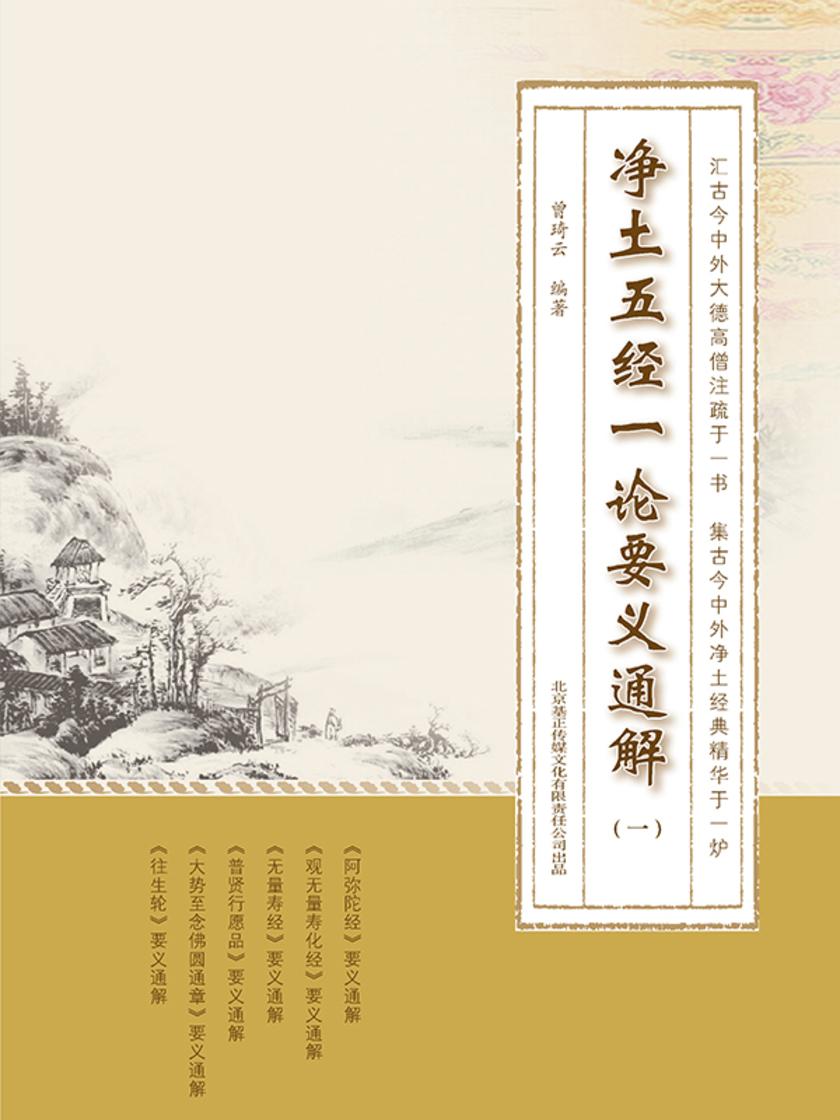
净土五经一论要义通解(*册)
¥87.00
中国佛教中的*大宗派净土宗的核心经典!全本无删减,无障碍阅读,原文精校、译文精准,依据古今高僧大德的论述解读经义!附完整译文、《净土法门五百问答》! 净土宗系中国佛教中的*大宗派,历史悠久,信徒众多。“五经一论”是净土宗的核心经典,也是中国传统文化中的宝贵遗产。自古以来,多有高僧大德予以积极推广和鼎力弘扬,关于这些经典的注疏可谓汗牛充栋,然而遗憾的是由于时代的久远,其文言已难以适应当代人阅读。直到今天,也鲜有综合前人注疏、完整解读“五经一论”且适合当代人阅读的书籍。《净土五经一论要义通解》填补了这个空白。 本书将通过疏理历*高僧大德的精辟注疏,阐述净土法门要义,揭示其简单中见其思想体系之博大精深。提纲挈领,以窥全豹,帮助我们深入领会净土法门之理念、主旨和精髓。

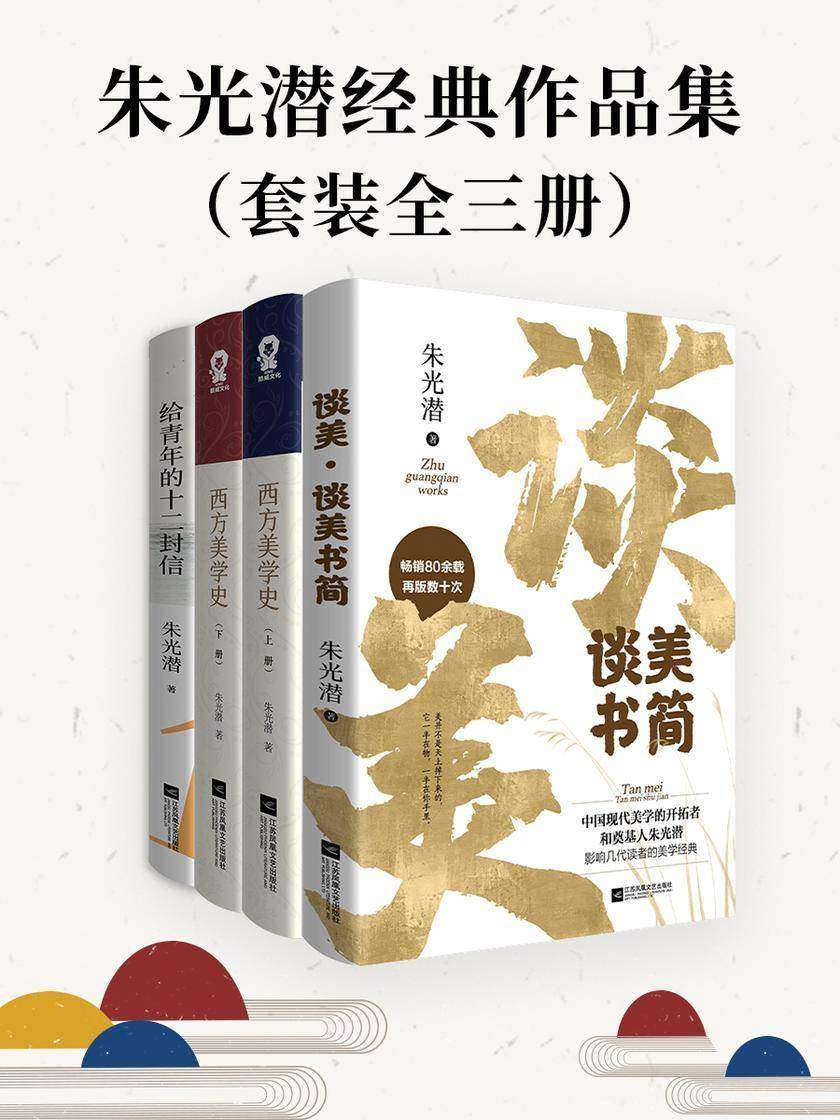
朱光潜经典作品集(套装全三册)
¥109.90
本书是由朱光潜先生旅欧期间陆续写给国内青年朋友的十二封信集结而成。信中,先生如老友谈心般就青年们所关心的事项,如读书、修身、作文、社会运动、爱恋等等,对青年朋友行了语重心长的劝导,鼓励青年人树立远大理想,刻苦读书,朴实做人,勿贪图世俗名利。感情真挚诚恳,文风亲切自然,一经发表便深受青年读者的喜爱,此后多次重印,至今仍有震撼人心的力量。同时本书还特别收录朱光潜另一处世哲学经典之作《谈修养》,一步从文艺、美学、哲学、道德、政治等角度,为青年指迷津,是当代青年不可或缺的人生指南。

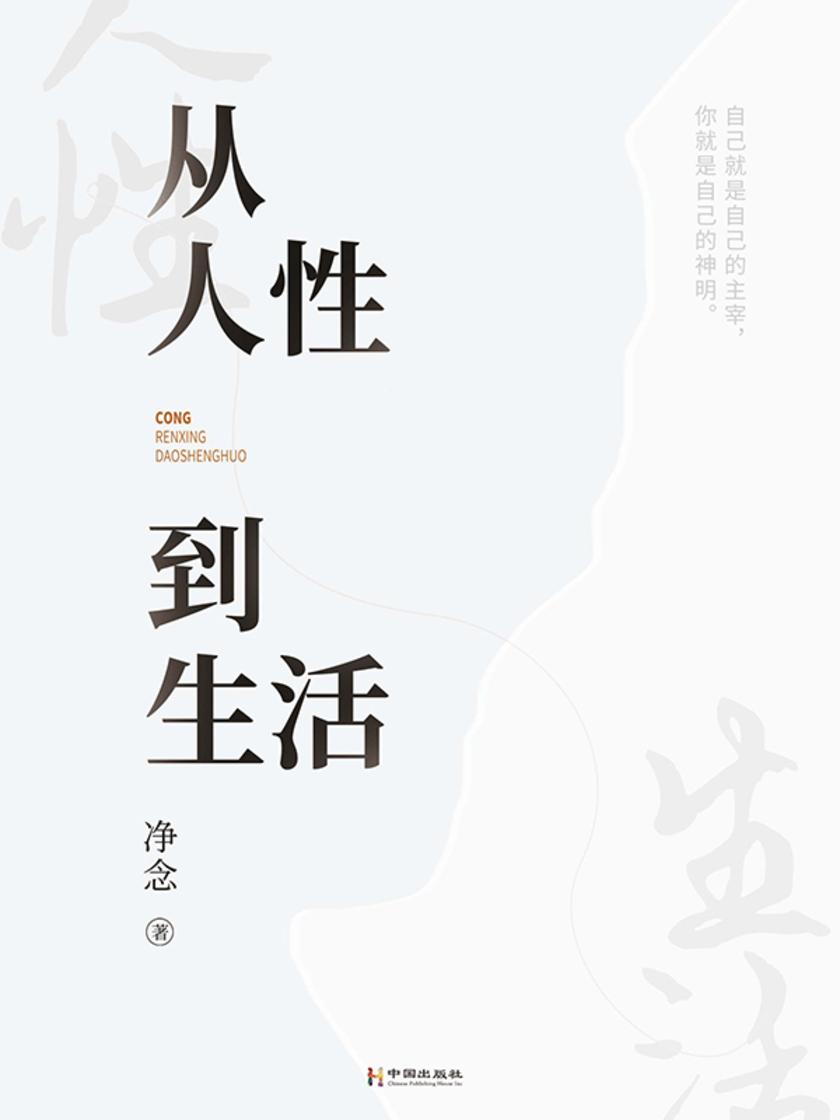
从人性到生活
¥19.90
当今社会中,一些人幸福感缺失,而焦虑等负面情绪却如影随形,更有甚者影响到了生活、人际以及身心健康,诸如此种,不胜枚举。人们往往为了追求美好生活,追求人生的成功圆满,付出了心性难平的代价。由此,认识自己的心灵、人性,回遮烦恼恶念尤为重要。《从人性到生活》以“人性之善恶”为起点,融心理学与社会学,研究人类共同心理特征,探究如何建立健康的人际观、生活观、幸福观、理财观等正确观念。为读者提供自我认知、自我建设、自我实现与自我超越的相关途径,希望读者能够人生意乐,达成圆满。

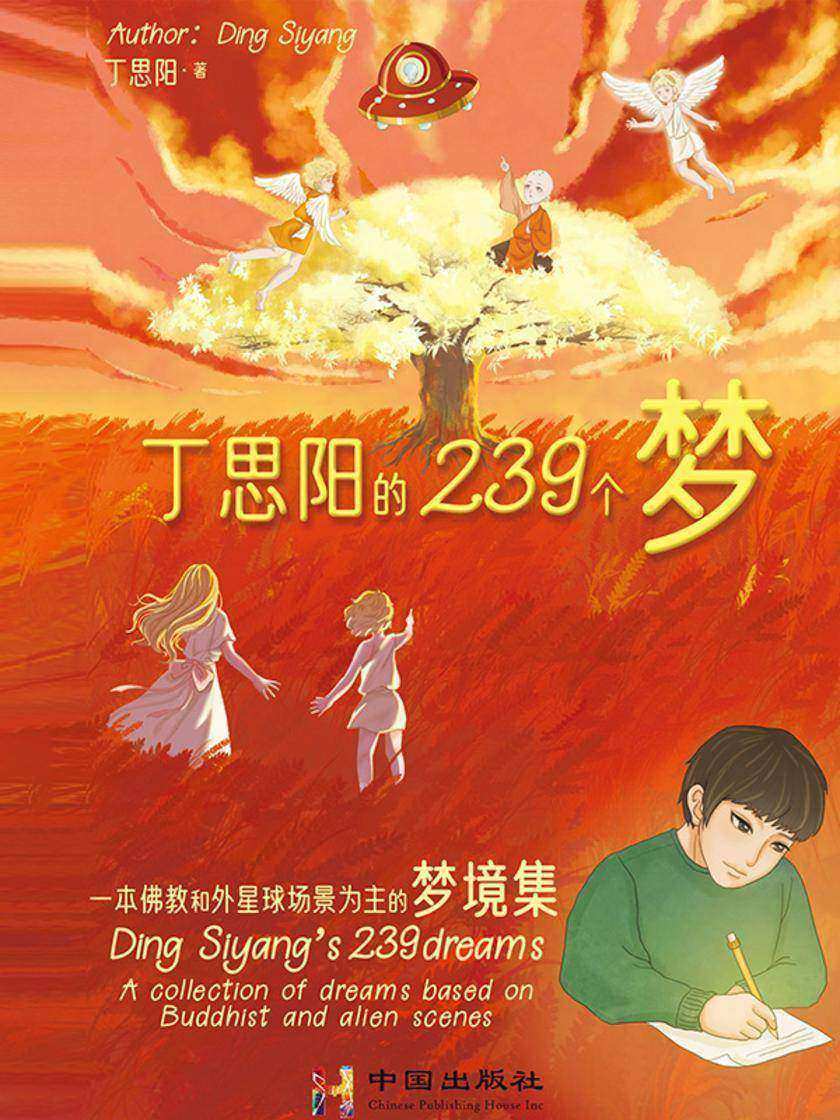
丁思阳的239个梦-----一本佛教和外星球场景为主的梦境集
¥29.90
这整本书都是作者丁思阳从2004年至2021年这17年间记录的梦境。 这是一本纯粹的梦境记录笔记,纵观古今中外、各大典籍,也许有人记录了一两个梦境或几个梦境流传至今,又或者是由不同的人记录了多个不同梦境,但是从未出现过完全是由同一个人在长达将近二十年时间里记录了近千个梦境,而梦境的内容:从神佛到外星人;从地球到外太空宇宙;从宗教哲学到今天乃至未来的高科技;从古代至今天到未来的人类状况等等等等,其梦境内容可谓是包罗万象、内容繁多、无所不涉,如此跨领域、跨学科、跨国家、跨种族、跨星球、跨文化的丰富梦境被记录下来,这种事情是古今中外没有的,因此《丁思阳的239个梦》这本书可以说是一部世所罕见的奇书。

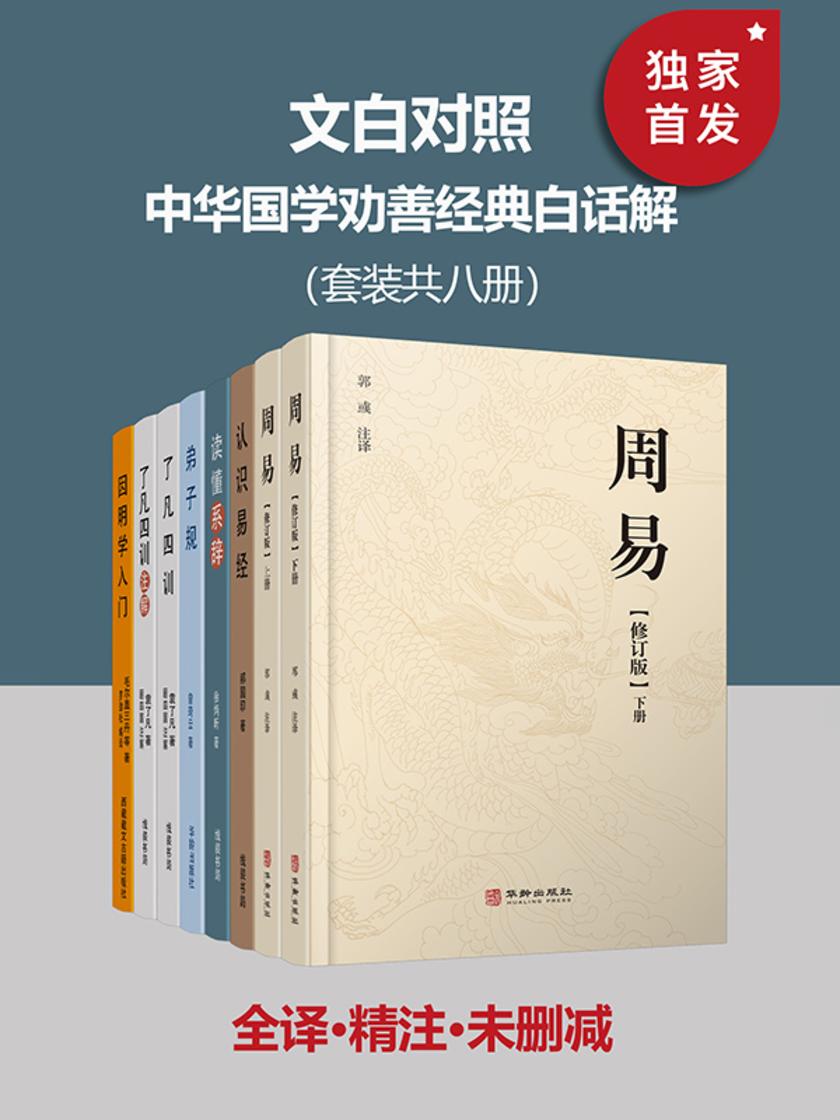
文白对照 中华国学劝善经典白话解(套装共八册)
¥545.00
全本无删减!无障碍阅读,纸质书畅销数年不衰!权威专家点校,文白对照、原文精校、译文精准、古今案例作证!国人*套人生智慧之书,荟聚经史子集精华! 文白对照 中华国学劝善经典白话解,套装共八册。 ★周易(修订版)(全两册) 知名易经专家郭彧先生担纲注译,原版原著,累计畅销数十万册!注音注释,译文精准,补充王弼、孔颖达、朱震等易学大家的真知灼见!附录增加《周易》原文的注音部分,便于诵读! ★读懂《系辞》——察动识变 赢得始终 《系辞》是孔夫子读《易经》所写下的读后感,把易之大道做了精细的阐发!读懂《系辞》是我们参透《易经》的必由之路! ★《了凡四训》注解 命由我作,福自己求!曾国藩、稻盛和夫、胡适、印光大师终生推崇!国人的*本人生智慧之书,荟萃经史子集精华,文白对照,权威译注,专家勘误,生僻字注音注释,旁征博引古今高僧大德精深论述! ★中华国学劝善经典白话解·了凡四训 全本无删减!无障碍阅读,纸质书畅销数年不衰!文白对照、原文精校、译文精准、附古今案例作证,并对原文中史实不够详细的内容作了“译者补充”! ★中华国学劝善经典白话解·弟子规 全本无删减!无障碍阅读,纸质书畅销数年不衰!权威专家点校,文白对照、原文精校、译文精准、古今案例作证,附录《弟子规》全拼音诵读原文! ★因明学入门 藏汉对照,白话译注,对传统格鲁派佛学院制前四年的佛教基础课程进行了系统综述,是学习佛教因明学(尤其是藏传佛教)的*秀教材和基础工具书 ★认识《易经》 《易经》入门!文白对照 六十四卦原文与白话译文!解析《易经》的产生、演变、主要内容、根本精神,以及学习《易经》的具体方法、步骤!
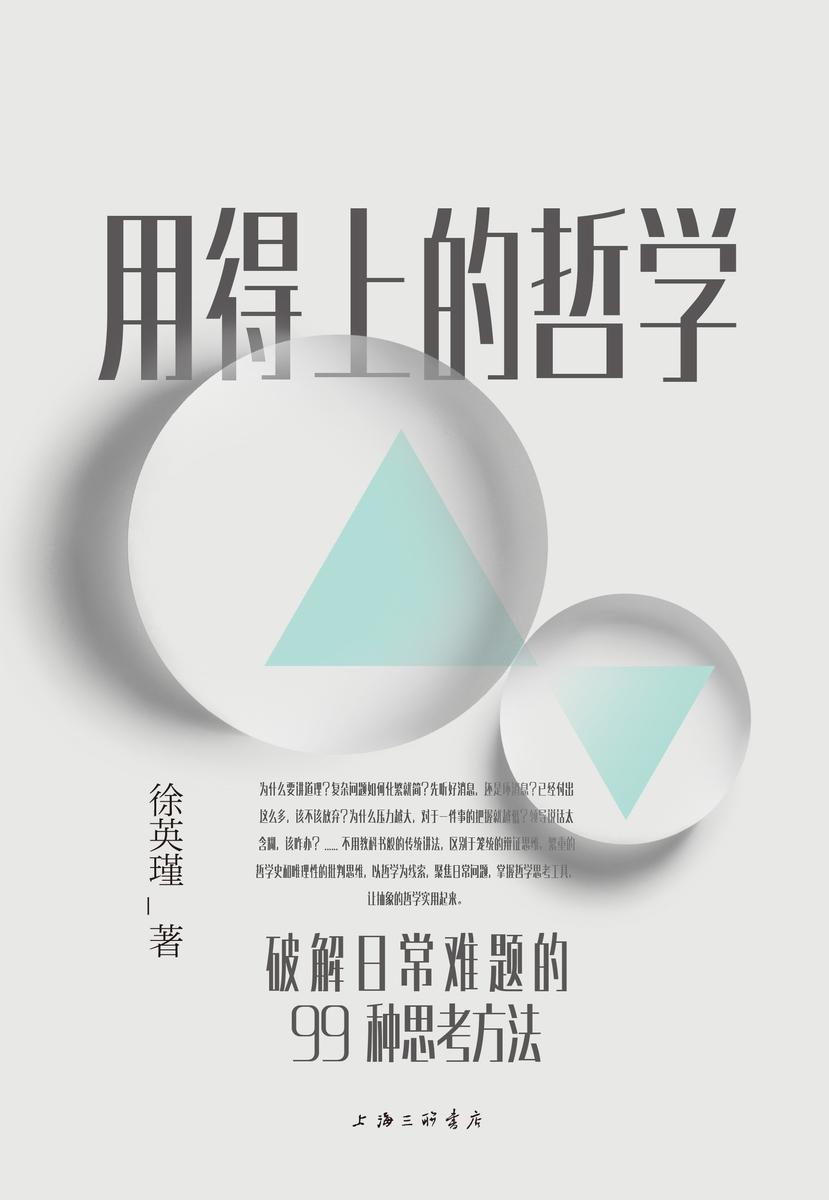
用得上的哲学
¥50.70
复杂问题如何化繁就简? 先听好消息,还是坏消息? 已经付出这么多,该不该放弃? 为什么压力越大,对于一件事的把握就越低? 领导说话太含糊,该咋办?...... 不用教科书般的传统讲法,区别于笼统的辩证思维、繁重的哲学史和唯理性的批判思维,以哲学为线索,聚焦日常问题,掌握哲学思考工具,让抽象的哲学实用起来。 哲学是在人类各门学科下行思想沟通的一门事业,是思想界的商人。人类的学科发展越丰富,知识体系越庞大,在不同的知识分支之间,行这种交流的必要性也就越高。诸位现在的这本书,将讨论更为一般的哲学问题。而我们的主旨,就是用哲学理论对标具体的话题,教会你思考问题的方法,以便让哲学有用武之地。

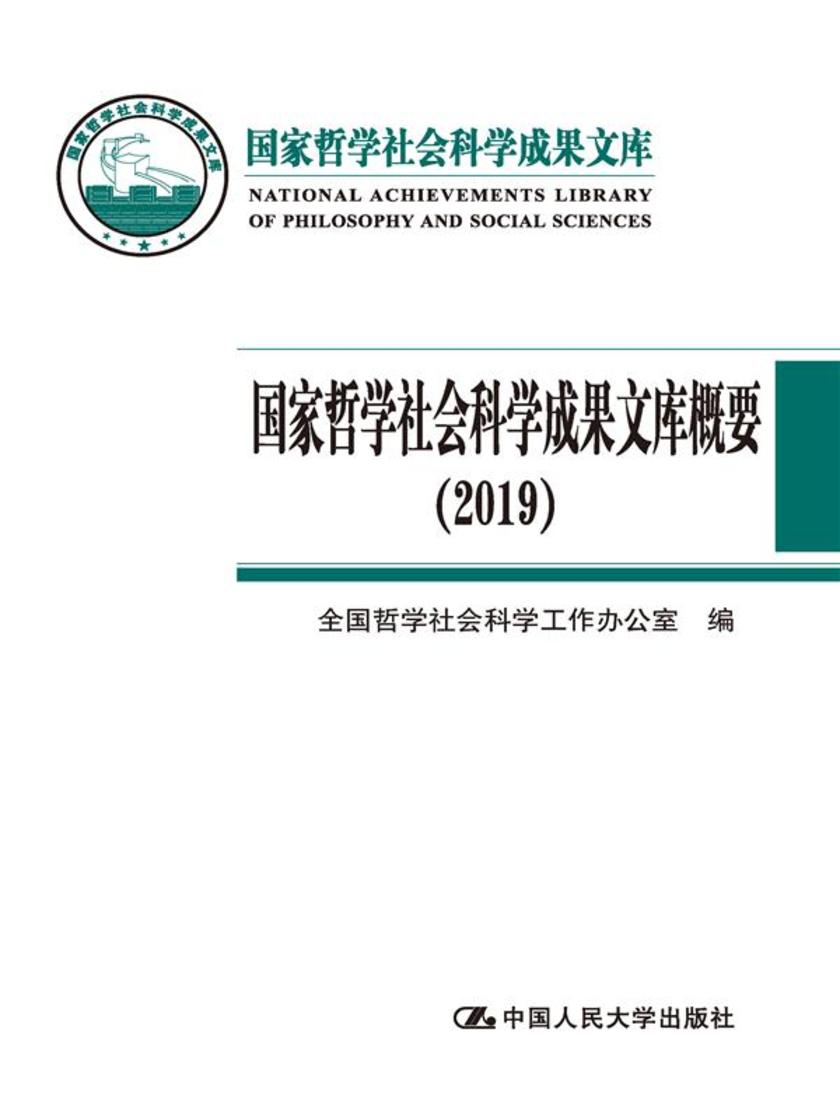
国家哲学社会科学成果文库概要(2019)(国家哲学社会科学成果文库)
¥178.80
本书为选2019年“国家哲学社会科学成果文库”的学术成果的概要介绍,共收录了80余项哲学社会科学成果的概要,涉及马克思主义、哲学、经济学、法学、社会学、史学、考古学、文学、语言学、艺术学等多个学科领域。每部分主要包括成果的研究目的、意义及所使用的研究方法,成果的主要内容和重要观,以及成果的学术创新和应用价值等三个部分。本书稿呈现了2019年度国家哲学社会科学领域的优秀成果,有利于学者了解各领域的*展,也为其提供了一定的参照,具有出版价值。


小窗幽记
¥12.88
《小窗幽记》,又名《醉古堂剑扫》,十二卷,是明代格言警句类小品文。该书以哲人式的冷隽针砭时弊,抨浇漓世风,意简意赅地阐释了修身养性、为人处世之哲理。行文清雅俊逸,如玲珑碧玉,小巧雅致,益人深省,有淡泊名利、超然万物的旷达之情。此书与《菜根谭》、《围炉夜话》并称为中国修身养性的三大奇书,为明代清言的代表作之一。自问世以来,备受历代读者所青睐,是感悟中国文化、修养心性的哲理好书。

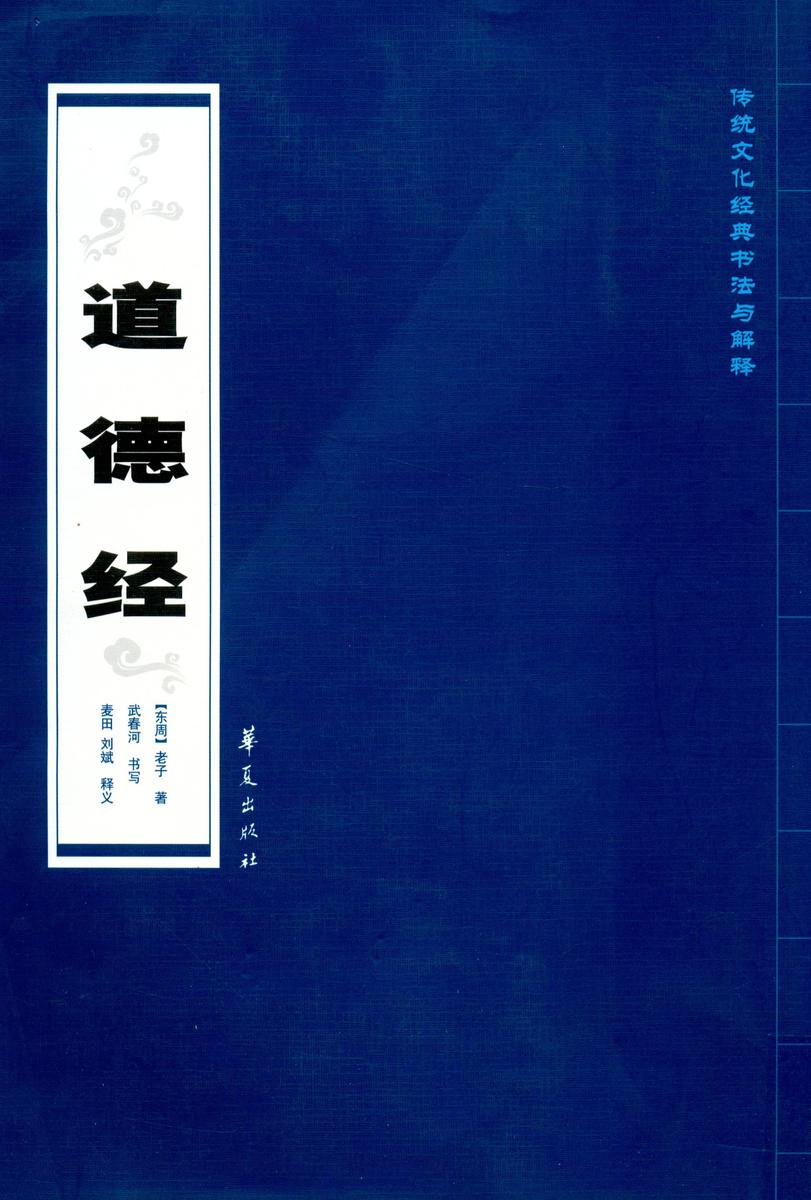
道德经
¥17.92
老子,又叫老聃,姓李名耳,楚国苦县(今安徽涡阳,也有人认为是河南鹿邑)厉乡曲仁里人,我国古代伟大的思想家,道家创始人,道教教祖。他生于春秋末期,与孔子(前551-前479)同时,比孔子稍长。相传他一生下来就是白眉毛白胡子,所以被称为老子。他曾在周的国都洛邑(今河南洛阳)任守藏史(相当于国家图书馆馆长),孔子周游列国时曾到洛邑向老子问礼,现在洛阳还有孔子周问礼碑。《史记·老子韩非列传》有这样的记载:孔子到周的都城,正要向老子请教有关礼教问题,老子说:“您所说的那些人,他们尸骨都早已腐朽了,只是言论还在罢了。况且君子遇到合适的时机就乘车做官,遇到不合适的时机就随遇而安。我听说,会做生意的商人把货物藏得很深,就像什么也没有;君子虽然品德高尚,表面上却像是很愚钝。抛弃您身上的骄气与过多的欲望,放下您踌躇满志的神态与不切实际的志向,这些都是对您自身没有任何好处的。我所要告诉您的,就是这些罢了。”孔子离周都后,对学生们说:“鸟,我知道它能飞;鱼,我知道它能游;兽,我知道它能跑。能跑的兽可以用网去捉它,能游的鱼可以用线去钓它,能飞的鸟可以用箭去射它。至于龙,我不知道它是怎样乘着风和云升上天空的。我今天看到老子,他大概就像龙啊!”老子晚年离了洛邑,一种说法是他骑着青牛往西去了,在函谷关(也有说是散关)前应关令尹喜请求,写成了五千言的《道德经》,然后不知所终。汉朝以后,有人说老子并没有去世,而是在出关后一直往西走,“过西域,至天竺”,教授胡人及佛家弟子二十九人。另一种说法是他往东走,回到老家,终老乡井。
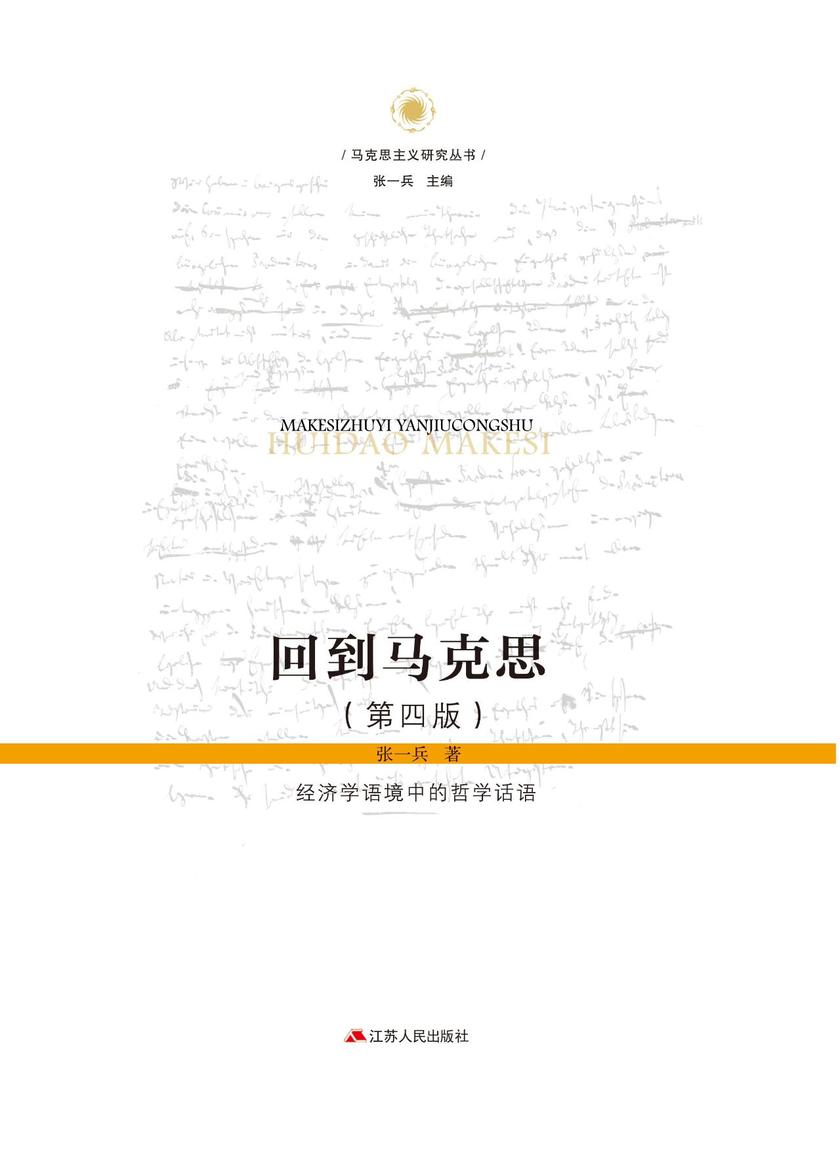
回到马克思——经济学语境中的哲学话语(第四版)
¥76.00
“回到马克思”是中国马克思主义学术研究的一个崭新口号。廓清理论地平、寻求新的理论衍射是这一深度模式的逻辑前提。本书在国内*次基于《马克思恩格斯全集》历史考证第2版(MEGA2),*次从马克思经济学研究的历史语境出发,力求真实地呈现出马克思哲学话语深层转换的动态历史原相。作者的学术创新在于,运用全新的解读方法确认了青年马克思的人本学社会现象学,以及建立在扬弃古典经济学社会唯物主义基础之上的广义历史唯物主义科学视域,特别是*次指认出马克思在*后的经济学探索中所创立的历史现象学批判话语。由此,本书冲破了苏东学者和西方马克思主义学者在理解马克思哲学语境中的重重理论迷障。

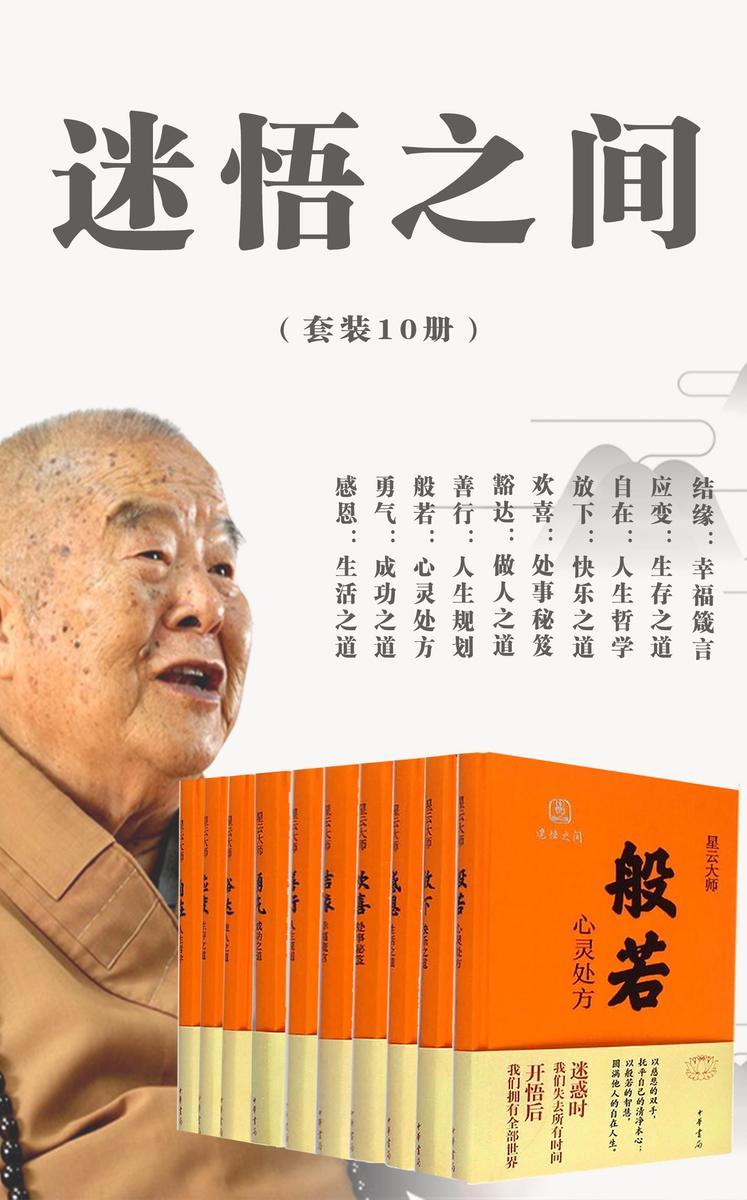
迷悟之间(套装10册)
¥199.99
给人信心,给人欢喜,给人希望,给人方便 阎崇年、冯骥才、于丹、李焯芬、张德芬等联袂推荐! 《迷悟之间》是星云大师在《人间福报》上连载的极富感染力的小品文。这一千余篇美文为大师历时四年写就,囊括了人生、社会、职场、生活、励志、修身、成功、智慧、读书、信仰、做人、处世等方面的内容。 人是依靠因缘而生存在这个世界上,一个人的力量是单薄的,应该多多广结善缘,因缘愈多,成就愈大。有时一句好话、一件善事、一个微笑,都能给我们的人生广结善缘,成就大好功德。所以,每个人都不能轻易放弃任何结缘的机会。结缘,使我们的人生更宽阔,前途更平坦。积德结缘的人生,才是幸福的根源。




 购物车
购物车 个人中心
个人中心



